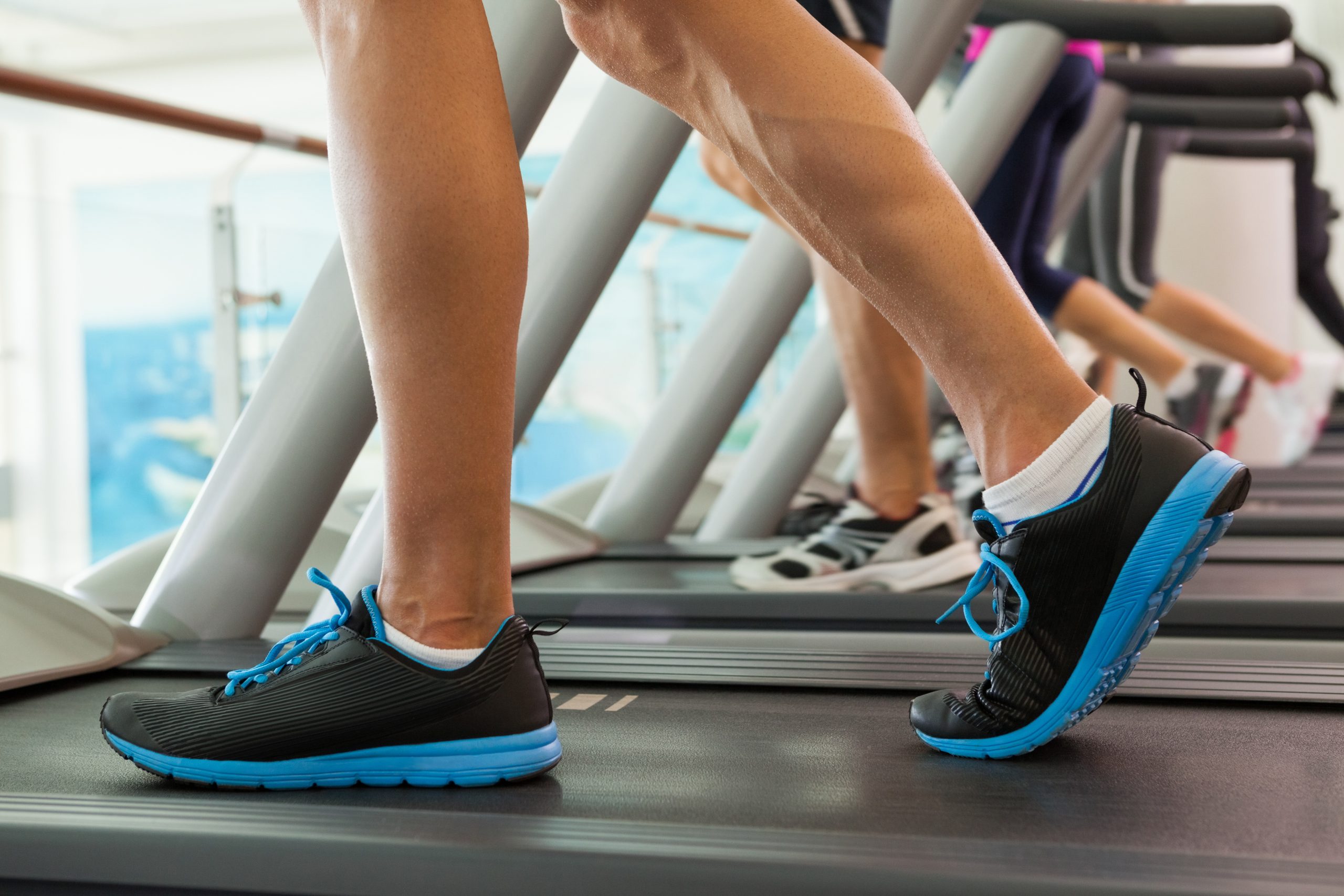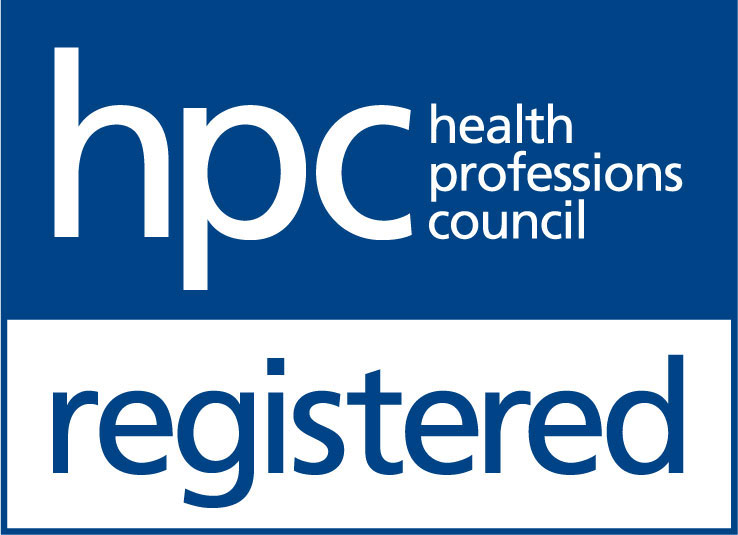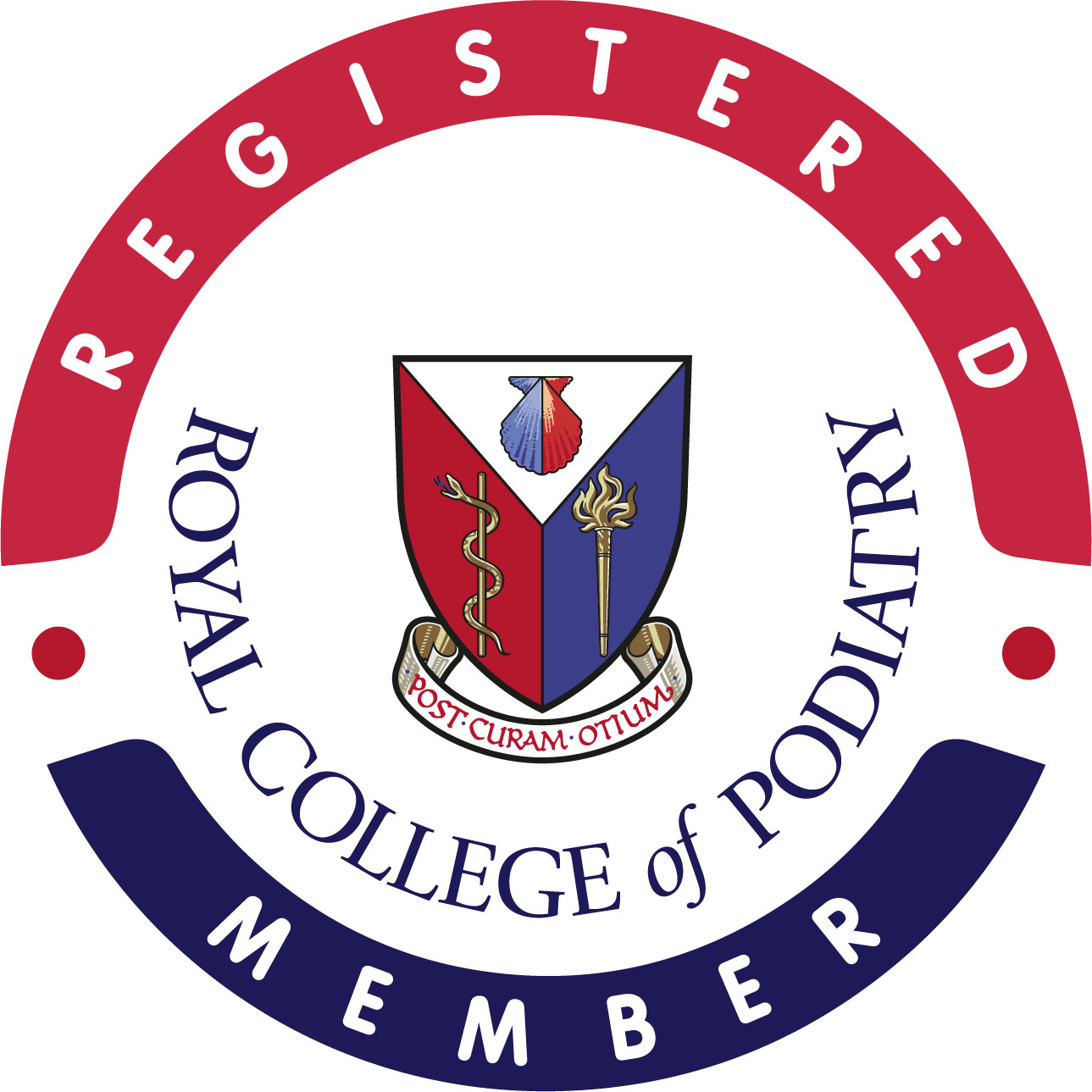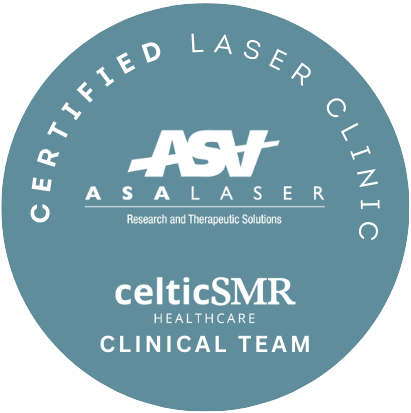It’s that time of the year again! What’s your new year’s resolution?
So many of us set goals to improve our health and fitness. This must be the most popular of new year’s resolutions, which often involves starting a new diet as well as an exercise plan. However, if you have never done any form of exercise before and suddenly start something such as running every morning, then you are certainly going to experience other problems. Follow our health and fitness advice below as a guide to prevent any unnecessary injuries from occurring.
1.Warm Up Your Muscles
Before you start any form of exercise it is crucial that you warm up your muscles. Not only does this prepare you physically but it also helps you mentally to concentrate on the activity that you are about to do. Your warm up should consist of gentle stretches, but it should raise your heart rate and body temperature. By doing this your heart will pump more blood to the muscles and it will also reduce your chances of straining the muscles or causing any long-term damage to the joints.
2. Gradually Build Up Your Intensity For Fitness
If you are new to running, then it is a good idea to start by walking first to understand your health and fitness at this moment. You should build up your pace so that you are able to still speak while walking briskly. Once you are comfortable with the brisk walking then you should progress to jogging for 30 seconds before going back to a brisk walk. By building up your running pace gradually not only will your stamina increase, but you will also find that you are able to jog for longer periods of time without stopping.
3. Choose the Appropriate Footwear
One of the biggest mistakes we see regularly in the clinic is patients not changing their footwear when they start to exercise. Your everyday trainers that you wear may not be best for you health and fitness whilst running. Running trainers have additional shock absorption built into the soles, so that your joints are protected. Some running shoes also come with an air bubble feature which is extremely beneficial to runners who might suffer from ankle pain. Similarly, if you are deciding to walk long distances then instead of trainers you will require walking boots.
4. Don’t Forget the Cool Down!
After you have finished your workout there is always the temptation to sit down or just stop. However, it is very important that you spend at least 5 minutes on cooling down. The cooling down phase is very important as it is responsible for slowing down the heart rate and minimising lactic acid build up in the muscles. It also plays an important part in preventing muscle tears and strains.
By following the above advice, you will reduce your chances of causing muscle damage and strains. However, if this still occurs then the affected muscle should be raised, and some cold compression should be given. If you do suffer from any pain and inflammation in the lower limbs then you should book to see a Podiatrist who will be able to offer you treatments such as Laser Therapy, which helps to kick start the repair process.








